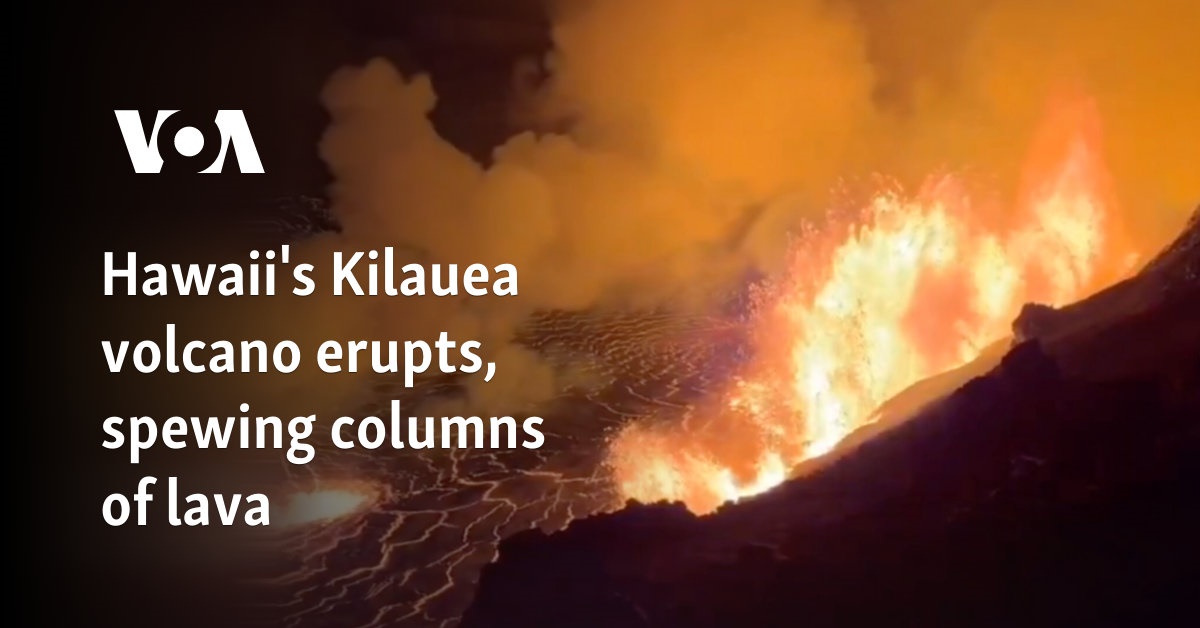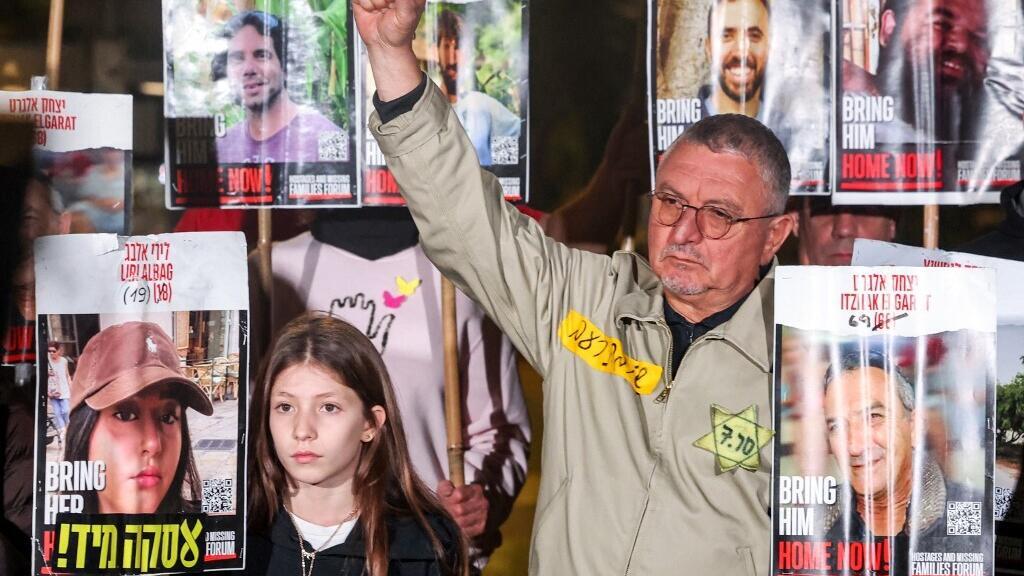
One of the world’s most active volcanoes came alive again on Monday, spewing lava 80 meters above Hawaii, US volcanologists said.
Images show huge cracks in the caldera of Kilauea on Hawaii’s Big Island, sending molten rocks flying into the air.
The U.S. Geological Survey’s Hawaiian Volcano Observatory said the eruption in the southwestern section of the caldera began just after 2 a.m. local time (1200 GMT).
“At 4:30 in the morning, lava fountains up to 80 meters high were observed [262 feet]” the agency said.
“Molent material, including lava bombs, is being thrown onto the west caldera rim by winds across the caldera floor.”
Due to the explosion, the substance was also going high into the atmosphere.
“The plume of volcanic gas and fine volcanic particles is reaching heights of 6,000-8,000 feet above sea level… and is being carried by winds to the southwest,” the observatory said.
Sulfur dioxide released from the crack will react with other gases in the atmosphere, the observatory said.
So-called vog – volcanic smoke – can affect people and animals as well as crops.
Kilauea has been very active since 1983 and erupts relatively regularly, including as recently as September.
It is one of six active volcanoes in the Hawaiian Islands, including Mauna Loa, the world’s largest volcano, although Kilauea is far more active.






Leave a Reply